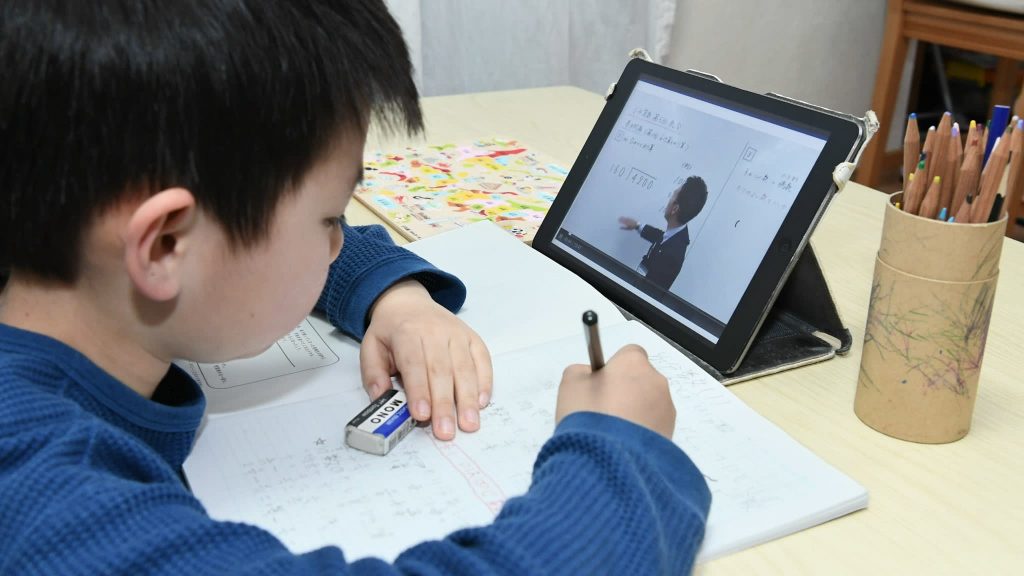New Delhi : Union Human Resource Development Minister Ramesh Pokhriyal Nishank released PRAGYATA Guidelines on Digital Education through online medium in New Delhi on Tuesday.
Speaking on the occasion , ‘Nishank said that COVID-19 pandemic has led to closure of schools and has impacted over 240 million children of the country who are enrolled in schools. Extended school closures may cause loss of learning.
The HRD Minister said that to mitigate the impact of the pandemic, schools will not only have to remodel and reimagine the way teaching and learning have happened so far, but will also need to introduce a suitable method of delivering quality education through a healthy mix of schooling at home and schooling at school.
The Minister informed that PRAGYATA guidelines have been developed from the perspective of learners, with a focus on online/blended/digital education for students who are presently at home due to lockdown. He added that these guidelines on Digital/ Online Education provide a roadmap or pointers for carrying forward online education to enhance the quality of education. The Minister highlighted that the guidelines will be relevant and useful for a diverse set of stakeholders including school heads, teachers, parents, teacher educators and students. The guidelines stress upon the use of alternative academic calendar of NCERT, for both, learners having access to digital devices and learners having limited or no access.
The PRAGYATA guidelines include eight steps of online/ digital learning that is, Plan- Review- Arrange- Guide- Yak(talk)- Assign- Track- Appreciate. These steps guide the planning and implementation of digital education step by step with examples.
The guidelines outlines suggestions for administrators, school heads, teachers, parents and students on the following areas:
👉🏻Need assessment
👉🏻Concerns while planning online and digital education like duration, screen time, inclusiveness, balanced online and offline activities etc level wise
👉🏻Modalities of intervention including resource curation, level wise delivery etc.
👉🏻Physical, mental health and wellbeing during digital education
👉🏻Cyber safety and ethical practices including precautions and measures for
👉🏻maintaining cyber safety
Collaboration and convergence with various initiatives
These guidelines for school heads and teachers describe the need assessment, planning and steps to implement digital education while ensuring cyber safety and privacy measures. It also outlines the support to be provided to students with special needs. Main emphasis is on balanced online and offline activities keeping the screen time as an essential parameter in accordance with the level of students.
For parents, the guideline helps to understand the need for physical, mental health and wellbeing along with the cyber safety measures for children at home. Guidelines for physical health and mental wellness is stressed across the guidelines for all stakeholders measures so that children do not get overly stretched or stressed, or get affected negatively (postural defects, ophthalmic issues, and other physical problems) owing to prolonged use of digital devices. Also it provides sufficient Do’s and Don’ts regarding ergonomics and cyber safety.
The Guidelines also emphasize the need to unify all efforts related to digital/ online/on-air education, benefitting school going children across the country. The initiative includes DIKSHA, SWAYAM Prabha, SWAYAM MOOCS, Radio Vahini, Shiksha Vaani, Special content for children with special needs and ITPAL.

